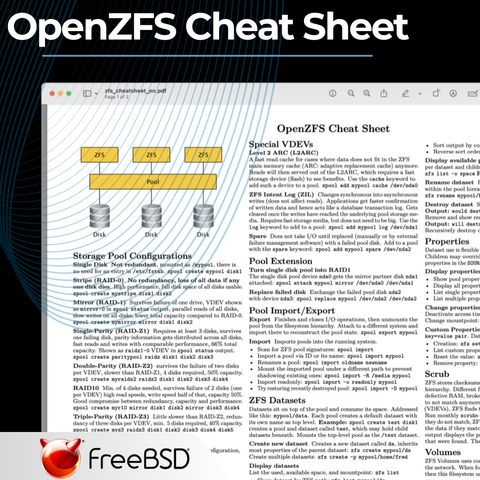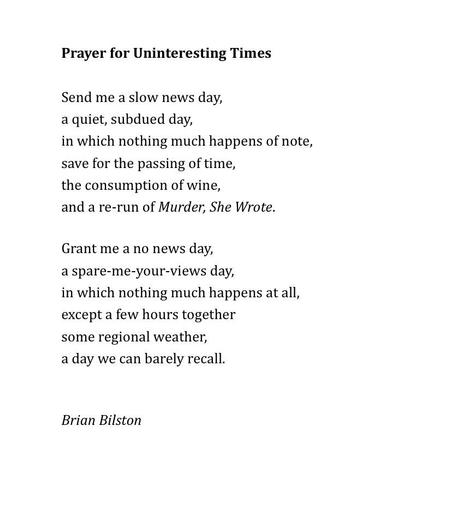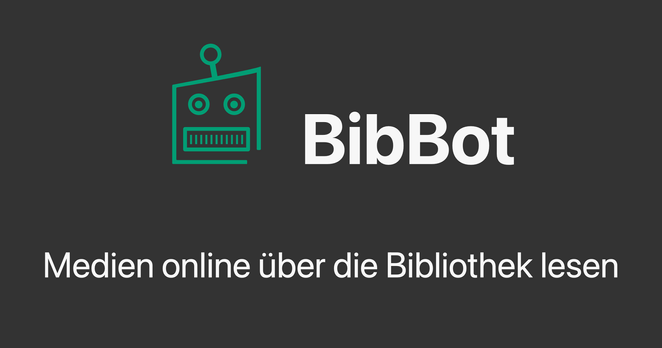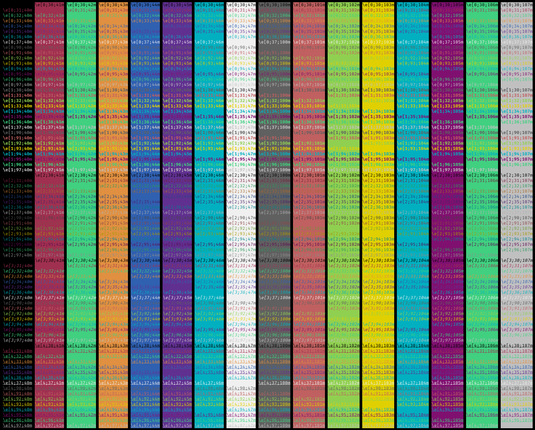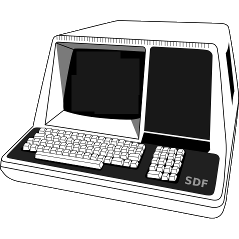Götz Salzmann
@gtz42@infosec.exchange
- 29 Followers
- 99 Following
- 243 Posts
I'm getting my ducks are in a row. I'm putting my chickadees in a column. The squirrels are stored in SQLite. I'm getting my chipmunks in Redis. I've been getting my crows into Postgres. I'm storing my pigeons in Mongo. There are raccoons in YAML? Who put raccoons in YAML? We've got snakes in an OracleDB? Why do we have either of those? Legacy acquisition? We have cockroaches in... well at least that makes sense. You say they're load-bearing cockroaches? And... is this an FTP server for ants?
I designed the 12-bit rainbow palette for use on https://grid.iamkate.com. It consists of twelve colours chosen with consideration for how we perceive luminance, chroma, and hue. The palette uses a 12-bit colour depth, so each colour requires only four characters when specified as a hexadecimal colour code in a CSS or SVG file. For more details, see https://iamkate.com/data/12-bit-rainbow/
I know people like to make fun of niche operating systems, but for the five years I was at Microsoft I used Windows (10 then 11) as my daily driver. It’s much less stable than a professional OS, but it does kind-of work. I wouldn’t say it’s ready for the desktop. The UI is inconsistent and changes randomly between releases, a load of common software is basically useable only in a VM, it lags and freezes periodically (unlike an OS designed for interactive use, random drivers run a load of things directly in interrupt handlers, so you get latency spikes that you wouldn’t see in a more mainstream desktop OS) and the update process can hose the system, so it’s mostly of interest to people who like tinkering with their machines than people who actually want to get work done. Oh and a load of random bits of the OS have ads, but that’s what you get from a free ad-supported system instead of one developed by an active open-source community.
I don’t think I’d recommend anyone use it as their daily driver or in a work setting, but it’s not totally unusable. It’s not at the level of maturity than you’d expect from, say, Linux or FreeBSD, especially not for client workloads. If you do have to use it, I recommend that you install FreeBSD in a Hyper-V VM for real work. That’s what I did and it works quite well.
can't remember where I saw it but "Using AI in education is like using a forklift in the gym. The weights do not actually need to be moved from place to place. That is not the work. The work is what happens within you" is a solid quote
By the way, I still think this paragraph I wrote is a pretty good paragraph.
That's how serious fiction ought to be written!
There's a story to engage with the reader and convey the basic idea, AND there's a non-fiction part to explore deeper ideas that don't fit in the fictional format.
The non-fiction part provides evidence for the story, explains why things unfold as they do, and presents the thesis in an unambiguous, non-metaphorical way.
Bonus points if the story also has footnotes and references, but AI-2027 is the only piece I've seen that does it.
Master OpenZFS with Ease!
Navigating OpenZFS for the first time can be overwhelming, but we've got you covered! The FreeBSD Foundation has created an OpenZFS Cheat Sheet. Whether you're a beginner or a seasoned storage admin, this cheat sheet will help you unlock the full potential of ZFS with confidence.
OpenZFS Cheat Sheet | FreeBSD Foundation
OpenZFS provides a lot of enterprise storage features in FreeBSD and other systems. Developed and actively maintained by a worldwide open source community, OpenZFS receives new features, updates, and bug fixes regularly. Companies and users alike rely on OpenZFS for its rock-solid stability, data integrity, feature-set, and cost effectiveness. OpenZFS maintains its own documentation as
Here’s a poem called ‘Prayer for Uninteresting Times’.
BibBot – Mit Bibliothekszugang durch die Paywall 🫶 https://stefanw.github.io/bibbot/
So 'n ganz normales, stinklangweiliges Jahr. Das wäre schön. #justthinkin
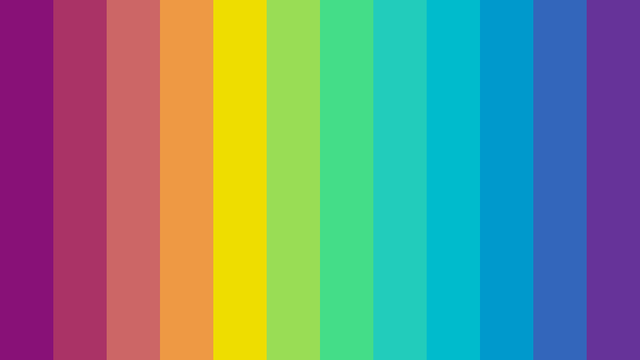
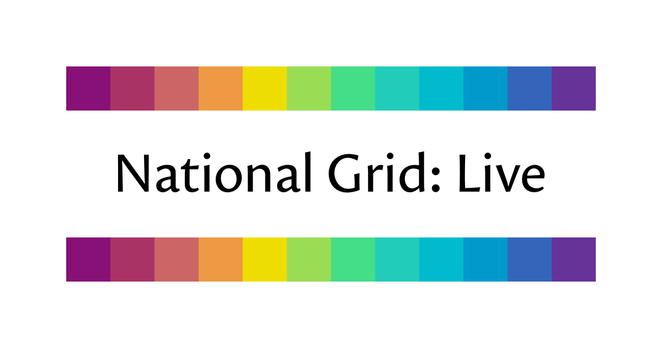
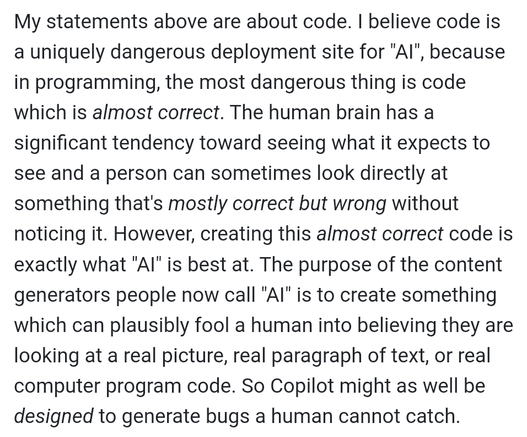
 ☮️
☮️
